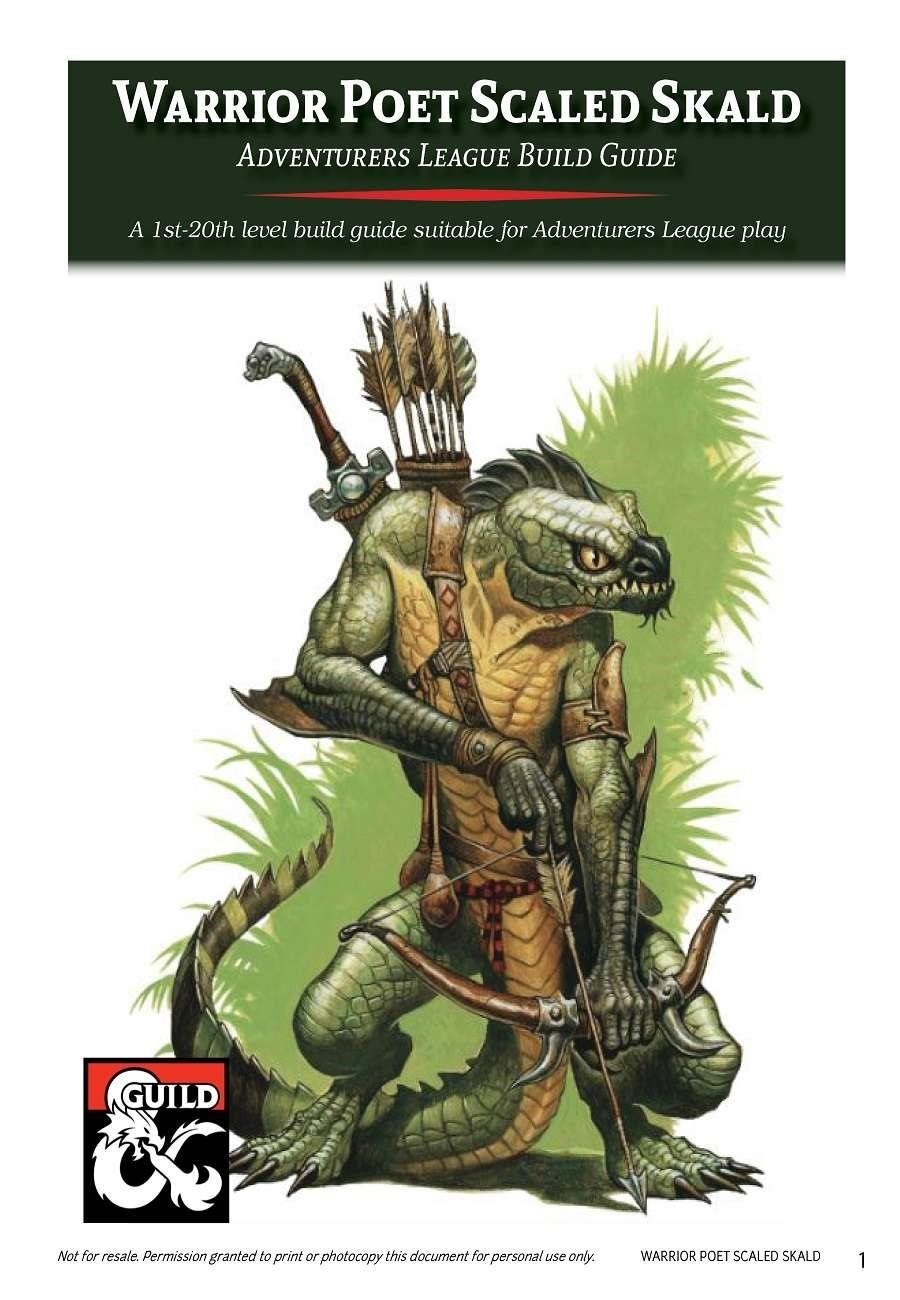Skald Overview⁚ A Pathfinder Class Guide
This comprehensive guide delves into the Skald class in Pathfinder, exploring its unique blend of martial prowess and arcane magic. Discover the Skald’s versatile role as a warrior-poet, mastering songs and rage to inspire allies and dominate combat. Learn effective strategies and build options for both melee and support roles.
The Skald, a unique class within the Pathfinder universe, seamlessly blends the ferocity of a Barbarian with the artistic flair of a Bard. Imagine a warrior-poet, a master of both brutal combat and inspiring melodies. Skalds utilize their potent songs and battle cries to empower their allies, sending them into a frenzied, rage-fueled assault. This isn’t merely musical accompaniment; their performances directly enhance combat capabilities. Unlike pure spellcasters, Skalds are proficient in wielding weapons and armor, making them formidable combatants on the front lines. They are keepers of lore, historians who weave tales of heroism into their battle cries, further bolstering their comrades’ courage and strength. This potent combination of martial skill and arcane support makes the Skald a truly versatile and powerful addition to any party. Their abilities allow them to excel in various roles, from the frontline damage dealer to the supportive battle bard, making them a flexible and adaptable choice for players seeking a unique and challenging gameplay experience. This guide will explore the intricacies of this fascinating class, equipping you with the knowledge to build a truly formidable Skald.
Skald’s Role in Pathfinder
The Skald’s role in a Pathfinder party is multifaceted and adaptable, offering a unique blend of support and combat prowess. Their primary function centers around bolstering their allies through powerful songs and battle cries, enhancing their combat effectiveness through various buffs and rage-like effects. This makes them invaluable assets in melee-focused parties, providing crucial support to frontline fighters. However, Skalds are not limited to a purely supportive role. Their proficiency with weapons and armor allows them to participate actively in combat, dealing significant damage while simultaneously buffing their teammates. The Skald’s versatility shines in their ability to adjust their role based on party composition and campaign needs. They can serve as a main damage dealer, a dedicated support character, or a hybrid fulfilling both roles with equal efficiency. This adaptability makes them a highly sought-after member of any adventuring group, capable of fitting seamlessly into diverse playstyles and party compositions. The Skald’s ability to inspire and empower is a key element of their effectiveness.
Core Class Abilities and Features
At the heart of the Skald’s capabilities lie their unique blend of bardic and barbarian abilities. Inspired Rage, a core feature, grants both physical and mental enhancements, mimicking the Barbarian’s rage but with a unique flavor. Skalds are also spellcasters, utilizing charisma as their spellcasting ability, allowing them to weave potent magic into their combat strategies. Their spell list focuses on support and battlefield control, further enhancing their ability to bolster allies and hinder foes. Beyond spells and rage, Skalds possess a repertoire of powerful songs and battle cries, each offering distinct benefits, from increased strength and constitution to improved saving throws. These abilities synergize seamlessly, creating a potent combination of offensive and defensive capabilities. Furthermore, Skalds gain access to rogue talents, allowing for customization and specialization based on player preference and party needs. These talents can further enhance their combat prowess, adding utility and survivability to their diverse skill set. The combination of these core abilities creates a versatile and powerful class capable of adapting to various playstyles.
Building a Skald Character
Crafting a successful Skald involves careful consideration of race, archetype, skills, feats, and stat allocation to optimize their unique blend of martial combat and spellcasting.
Choosing the Right Race and Archetype
Race selection significantly impacts a Skald’s capabilities. Humans offer bonus feats, while half-orcs provide increased strength and ferocity, ideal for melee-focused builds. Elves benefit from dexterity and charisma, enhancing both combat and social skills. Consider the archetype carefully; the Dragon Skald enhances spellcasting and damage output, while other archetypes might focus on specific combat styles or support roles. A careful choice here lays the foundation for a powerful and effective Skald character. Each race brings unique strengths and weaknesses; weighing these against your desired playstyle is crucial. For example, a half-orc’s raw power might suit a raging melee Skald, while an elf’s grace complements a more nimble, support-oriented build. Thoroughly research the various archetypes available, comparing their abilities and features to determine the best fit for your chosen playstyle and campaign goals. The interplay between race and archetype can greatly enhance or hinder your Skald’s effectiveness.
Optimizing Skills and Feats
Skill selection for a Skald hinges on their intended role. Melee Skalds prioritize Athletics and Intimidation, maximizing damage and control. Support Skalds invest in Diplomacy and Perform, boosting party morale and effectiveness. Feats are crucial for enhancing specific abilities. Power Attack increases damage, while Combat Expertise improves combat maneuvers. Weapon Focus and Weapon Specialization improve weapon proficiency. Consider feats that enhance spellcasting or rage powers, depending on your build. The limited skill points per level necessitate careful planning. Prioritize skills directly impacting combat effectiveness or social interactions, aligning with your Skald’s chosen archetype and playstyle. A well-chosen combination of skills and feats dramatically increases your Skald’s potential. Don’t overlook feats that synergize with your chosen spells or rage powers for optimal performance. This strategic allocation ensures your Skald excels in their chosen area of expertise.
Stat Allocation and Equipment Selection
A Skald’s effectiveness depends heavily on strategic stat allocation. Charisma is paramount, influencing spellcasting and social skills. Strength is vital for melee Skalds, boosting damage output. Constitution enhances survivability and rage duration. Dexterity improves AC and ranged attacks if applicable. Intelligence is less critical but supports skill checks. Wisdom and Intelligence are less crucial for most Skald builds. Equipment choices must complement your build; Melee Skalds benefit from strong weapons, sturdy armor, and shields for defense. Support Skalds might prioritize items that enhance spellcasting or social influence. Consider magical items that improve relevant stats or grant advantages in combat or social situations. Remember that certain equipment choices synergize better with specific feats and skills. Optimize your equipment to match your Skald’s primary role and chosen abilities for maximum impact. This careful balance of stats and gear ensures your Skald is a force to be reckoned with.

Skald Combat Strategies
Skald combat revolves around inspiring allies’ rage and leveraging potent spells. Mastering melee or support builds, and effectively utilizing rage powers, are key to success.
Melee Focused Builds
For Skalds who prefer the front lines, maximizing melee damage and survivability is crucial. Prioritize Strength and Constitution for damage and hit points, and consider Dexterity for Armor Class (AC). Feats like Power Attack and Weapon Focus enhance raw damage output. Weapon choices should favor high damage weapons like great axes or greataxes, depending on your preferred combat style. Remember to utilize your Inspired Rage effectively, combining its benefits with rage powers for devastating attacks. Consider investing in defensive feats like Combat Reflexes or Shield Focus to improve your chances of survival in close-quarters combat. Heavy armor provides better protection. This build maximizes damage while ensuring you can take a few hits before falling, making you a powerful frontline combatant. Remember that proper positioning is key, ensuring you are within reach to support your allies while simultaneously dealing out significant damage.
Support and Utility Builds
A Skald’s support capabilities are equally potent. Prioritize Charisma for spellcasting and skill checks. Focus on spells that enhance your allies’ combat prowess, such as Song of Strength or buffs that increase saving throws. Feats like Improved Initiative and Combat Casting are valuable for maintaining battlefield control. Consider using a lighter armor loadout to maintain mobility, allowing you to reposition and support allies effectively. Skills like Diplomacy and Perception become incredibly important for a support Skald, enhancing your party’s overall success. Remember, the Skald’s utility extends beyond direct combat support. A well-placed Inspire Courage can bolster morale, affecting combat significantly, and your knowledge skills can open doors to clever solutions. Mastering the balance between offensive and defensive support is key to creating a truly effective support Skald.
Utilizing Rage Powers and Inspired Rage
The Skald’s unique ability to combine Barbarian rage powers with their Inspired Rage is a powerful tool. Carefully select rage powers that complement your build and playstyle. For melee-focused builds, consider powers that enhance damage or survivability. Support-oriented Skalds might prioritize powers that boost allies’ defenses or grant advantageous effects. Remember that Inspired Rage’s duration is limited, so strategic timing is crucial. Coordinate your rage with key moments in combat to maximize its impact, focusing on the most critical phases of the battle. Don’t underestimate the synergy between rage powers and the Skald’s other abilities. Combining rage enhancements with spells and songs can create devastatingly effective combinations, overwhelming enemies with an onslaught of both physical and magical attacks. Experiment to discover the optimal combinations that best suit your Skald’s role and your party’s needs.

Advanced Skald Techniques
Mastering advanced Skald strategies involves optimizing spell selection, leveraging archetype benefits, and exploring effective multiclassing options to create a truly formidable character.
Mastering Skald Spells and Songs
Skald spellcasting, a crucial element of their combat effectiveness, requires careful planning and strategic selection. Understanding the nuances of each spell and how it synergizes with your build is paramount. Prioritize spells that enhance your party’s combat capabilities, focusing on buffs and debuffs rather than direct damage. Remember the Skald’s limited spell slots; choose wisely. Mastering the timing of your songs is equally important. Learn when to use your Raging Song to maximize the impact of your allies’ attacks, ensuring that your support is perfectly timed for the most devastating effect. Experiment with different song combinations to find what works best for your specific party composition and combat scenarios. Consider the battlefield and your allies’ strengths when making your spell and song choices for optimal performance. The Skald’s unique ability to combine spells and songs makes them a powerful force on the battlefield.
Effective Use of Archetypes
Skald archetypes offer significant variations on the core class, allowing for highly specialized builds. Choosing the right archetype is crucial for defining your Skald’s role and playstyle. The Dragon Skald, for example, focuses on fire-based abilities, enhancing both offensive and defensive capabilities. Conversely, other archetypes might emphasize support or specific combat styles. Carefully consider your preferred combat approach and party composition before selecting an archetype. Each archetype alters core class features, providing unique advantages and disadvantages. Research each archetype’s benefits and drawbacks thoroughly to ensure a cohesive and effective build. Don’t overlook how an archetype modifies spells, songs, and rage powers. A well-chosen archetype can significantly enhance your Skald’s effectiveness, but a poor choice can hinder their potential. The archetype selection should align with your overall strategic vision for your Skald character.
Multiclassing Options for Skalds
While the Skald excels as a single-class character, strategic multiclassing can further enhance specific aspects of their abilities. Consider pairing the Skald with classes that complement their strengths and compensate for weaknesses. For example, a few levels in Fighter can bolster melee combat capabilities, improving survivability and damage output. Similarly, Cleric or Paladin levels could enhance support abilities and provide access to powerful divine spells. However, multiclassing dilutes the Skald’s spell progression, so careful planning is necessary. Rogue levels grant access to useful skills and combat tricks, potentially enhancing battlefield control and utility. The optimal multiclass choice depends heavily on your desired playstyle and the overall party composition. Remember, multiclassing alters spell progression and class features, potentially creating a less focused character. Weigh the benefits and drawbacks before committing to a multiclass build for your Skald.
